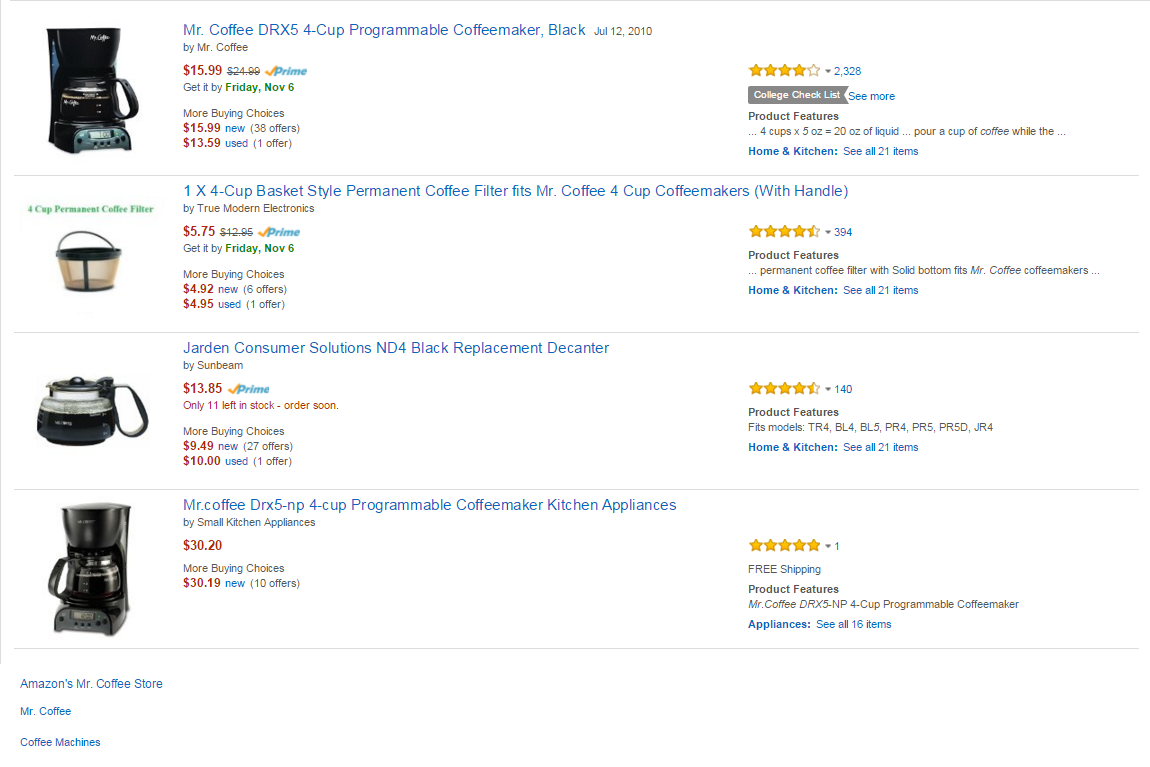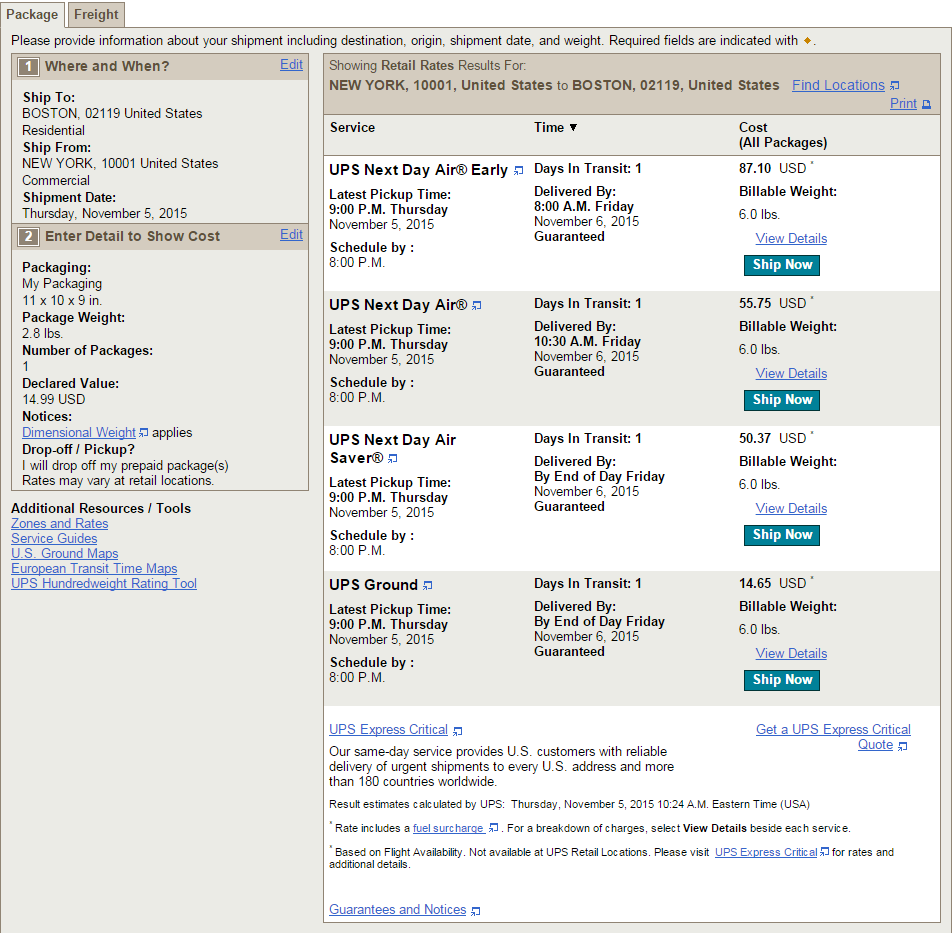People the world over have learned how to make money selling on Amazon and used it to gain anything from a few extra bucks to a full-time income. But how do they do it?
Just like making money on eBay, it all comes down to knowing how to do two things:
Fully updated on Feb. 26, 2020.
1. Determine if Something Will Be Profitable on Amazon
Amazon’s fees would take too long to explain in this article—but fortunately, we already covered them in "How to Sell on Amazon for Beginners." I strongly recommend you start there to learn about Individual versus Professional seller plans and whether or not Fulfillment by Amazon is right for you. But if you’re pressed for time, the short version is that Amazon usually takes a third of the item’s final price in fees.
You have to find items that you can sell for a profit despite that enormous chunk going to Amazon. Here’s a five-step plan for doing just that:
Step 1. Set a Competitive Price
How much are people willing to pay for something on Amazon? A lot of thought can go into identifying a competitive price, but the short version goes as follows: search for the product and see what it’s selling for.
Let’s take a look at coffeemakers. For no particular reason, I’m going to search for the Mr. Coffee DRX5. Here are the first results I got:
Uh-oh—this product is being sold directly by the manufacturer, Mr. Coffee, for $15.99. And it’s Prime-eligible, which means I can’t really offer better shipping.
I scrolled down further and saw that other sellers had listed the same coffeemaker for anything from $30–$60. But they all had few or no reviews, indicating that they were poor sellers.
On the other hand, the one listed by the manufacturer has more than 2,300 reviews. Everyone is buying from them because none of the other sellers can beat them on shipping and price.
I wouldn’t try to compete with them unless I could sell the same coffeemaker for $14.99. Taking away a third of the price for the Amazon fees, I’m left with about $10 per sale to budget for everything else.
Step 2. Decide How Little You’ll Work For
If you’re only making something like $0.20 per sale, you’ll never make a real profit selling on Amazon. Figure out how much your time is worth to you. Then set a minimum acceptable profit for each sale you make.
Let’s return to the DRX5. Considering that I have to do all this research, buy and store inventory, and then ship this fragile product to the customer, I want to make a decent amount of money from each sale. I wouldn’t bother selling it unless at least a third of the price—another $5—was going into my pocket.
With $9.99 going to Amazon fees and profit, there are just $5 left out of the original competitive price.
Step 3. Calculate Shipping (Possibly Including FBA) Costs
The next thing you need to know is how much you need to charge for shipping. If you’re using Fulfillment by Amazon to make your product eligible for Prime, you can use the FBA calculator to figure out that part. Most couriers also provide shipping calculators, such as the UPS calculator.
If I use FBA for the Mr. Coffee, it looks like my Amazon fees and the fulfillment costs will total $10.12 before I pay to ship the item to Amazon.
Shipping just one of these unwieldy packages by UPS costs about $15. Although I could probably get a much better deal if I shipped them in bulk to the Amazon fulfillment center, the $10.12 in fees there make this a profitless product. And if I send it directly to the customer with free shipping—which is necessary to compete with Prime—I would just be giving it away to them.
At this point, it’s clear that trying to sell these coffeemakers will not make me any money. The costs are far more than the competitive selling price. I would start looking for something else.
Step 4. Set a Maximum Purchase Price
Time to do a little math. Pick an item on Amazon and go through the steps above. Then do the following:
- Take the competitive price you set in step 1.
- Subtract the Amazon fees.
- Subtract the minimum acceptable profit you set in step 2.
- Subtract any shipping costs paid by you (not the customer) as determined in step 3.
The result is your maximum purchase price (how much you can spend on each copy of the item). You want to find someone selling the item for that price. Of course, if you can buy the item for less, that’s great—it means more profit for you.
Let’s say that you:
- Wanted to sell something for $60.
- Determined that with FBA, Amazon’s chunk will be about $20.
- Won’t be happy with less than $20 for yourself per sale.
- Calculated that shipping to an Amazon fulfillment center in bulk will cost approximately $5 per item.
That’s 60 - 20 = 40, 40 - 20 = 20, and 20 - 5 = 15.
That means you have a maximum purchase price of $15. Which means you need to do just one more thing:
Step 5. Buy the Item Without Exceeding Your Budget
Now that you know how much you can afford to spend, you need to find a way to buy the item for that low price. To do that, you need to know how to ...
2. Find a Great Supplier
You need something to sell before you can really call yourself a business. Here are a few ways to buy things at the dirt-cheap prices you need to turn a profit on Amazon:
Option 1. Look for Local Opportunities

It’s always good to check for individuals and businesses selling things cheaply in your local area. Amazon is particularly good for reselling used books, and these are often easy to find locally—some used bookstores will sell at incredibly low prices. Once I even found a church with a library full of popular used books that they were happy to give me for a dollar each.
Consider looking for startups and small businesses that will supply you with their products on the cheap. If you offer to buy from them in bulk, they may give you extremely low prices. Just try a small number at first to see if they will actually sell on Amazon.
Option 2. Buy from Manufacturers or Wholesalers
Manufacturers are companies that actually make products. They offer the lowest possible prices, but most won’t sell directly to an Amazon seller. Luckily, there are a few who are happy to do so if you’ll buy in a large enough quantity.
Wholesalers, like Sam’s Club and Costco, buy products from the manufacturer and then resell them in bulk at extremely low prices. You can often do things like buy the item in a pack of dozens, and then resell the individual units for a profit.
(Note that this can be a legal grey area if the individual units are marked "Not for resale," and you might have trouble listing them on Amazon if they have no UPC. Check for these markings before making a purchase and consider contacting Amazon support if you're in doubt.)
Online, you can find wholesalers and manufacturers dedicated to providing bulk items to sellers like you. Be careful of scams, though. Follow the recommendations of the U.S. Small Business Administration or get them from a reputable source like SaleHoo or Alibaba. You can also search established trade magazines or attend trade shows to meet a company’s reps face to face.
The big risk with this option is that you have to buy in large quantities. If it turns out you can’t sell the item on Amazon, you might lose your investment.
Option 3. Work Out a Dropshipping Deal

You'll probably just email your suppliers at first, but photos of people sending emails are boring.
Some manufacturers and wholesalers offer dropshipping services. This is the easiest way to sell online: you just create the listing. When a customer places an order, you notify your supplier and they ship the item directly to them.
This is as easy as it gets. You never have to deal with shipping yourself and never even see the item you sell. The cost of getting the item to the customer is much lower, and as a result you can offer a much more competitive price.
However, please note that Amazon does have a few restrictions on dropshipping. In addition, how well your customer is served is left almost entirely in the hands of your supplier. They can rapidly destroy your Amazon seller rating if they fail to deliver when promised.
For dropshippers more than anyone else, it’s critical to respond to customer complaints as quickly as possible. Consider integrating Amazon with Zendesk, Freshdesk or Desk.com to make customer support management faster and easier.
Summary
Now that you know how to make money selling on Amazon, you can get started by choosing a selling plan. If you don’t feel confident yet, reread our beginner’s guide or cruise around our blog for additional tips and guides. We’re sure you’ll find the info you need to start making money!







